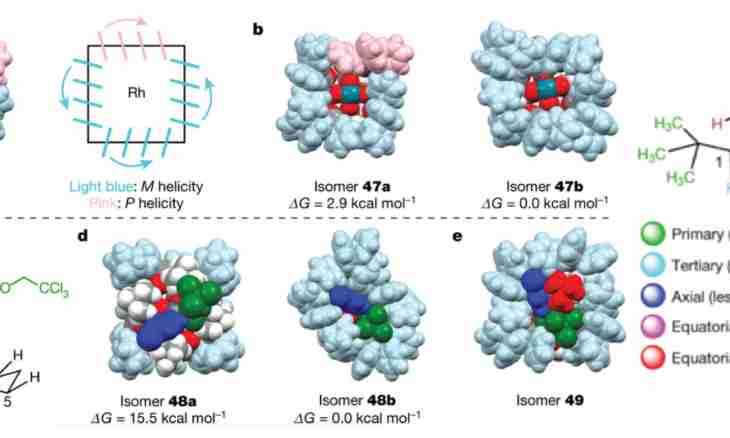Heptane – organic matter, with formula C7H16. It represents liquid with a density about 0.7 grams/cm3. Thanks to the fact that in its molecule there are neither double, nor threefold communications, and polarization of communication between atoms of carbon and hydrogen quite weak, heptane is quite steady from the chemical point of view.
General characteristic of isomers of heptane
Heptane hardly enters any reactions. This organic matter has nine isomers (and if to consider also optical isomers, then it is possible to emit 11 isomers). All of them have identical empirical formula C7H16, but differ on structure and, respectively, on physical properties.
All isomers of heptane are colourless transparent flammable liquids with a pungent smell. Their temperature of boiling fluctuates from 79.20 wasps (2.2 Dimethylpentane) to 98.43 wasps (N heptane). And density lies ranging from 0.6727 grams/cm3 (2.4 Dimethylpentane) up to 0.6982 grams/cm3 (3 Ethylpentane).
Isomers of heptane are almost insoluble in water, but are well dissolved in many organic liquids. They are maloaktivna, however can participate in the reactions proceeding with education of free radicals. For example, in halogenation reactions, at the increased temperature or UF-radiation. However thus it is possible to carry out fluoration, chlorination or bromination of isomers of heptane, and iodine with these substances does not react.
It is known that heptane isomers can also participate in reactions of sulphochlorination, catalytic oxidation. They are capable to decay (it is for this purpose necessary or very high temperature, over 1000 wasps, or presence of the special catalyst that allows to carry out reaction at lower temperatures, about 400 - 500 wasps) and also to burn in the atmosphere of oxygen, with formation of water and carbon dioxide. This reaction proceeds on the following formula: 2 C7H14 + 21O2 = 14CO2 + 14N2OPri a lack of oxygen reaction can lead or to formation of carbon monoxide, the formula so will look: C7H14 + 7O2 = 7CO + 7H2O. Or to formation of carbon. In this case it is possible to write down it in the form of reaction: 2C7H14 + 7O2 = 14C + 14H2O
As heptane isomers are applied
N-heptane serves as raw materials for receiving some types of organic compounds. Besides, it is applied as primary standard when determining detonation properties of fuel as its octane number (the indicator characterizing ability of fuel to resist spontaneous ignition at compression) is equal to 0. And one of isomers of this organic matter 2,2,3-Trimetilbutan, on the contrary, increases fuel octane number and therefore it is widely used as additive to it.

